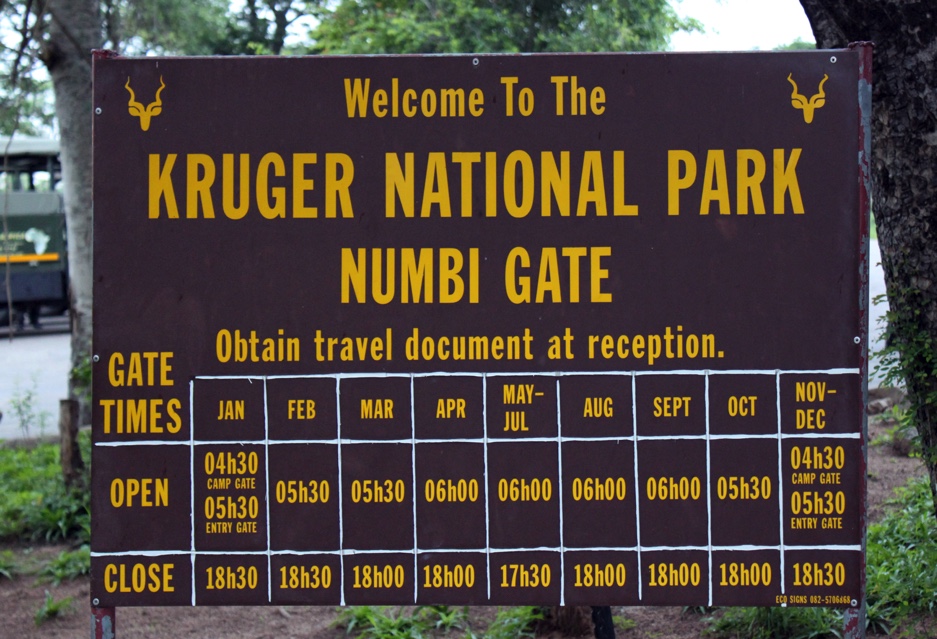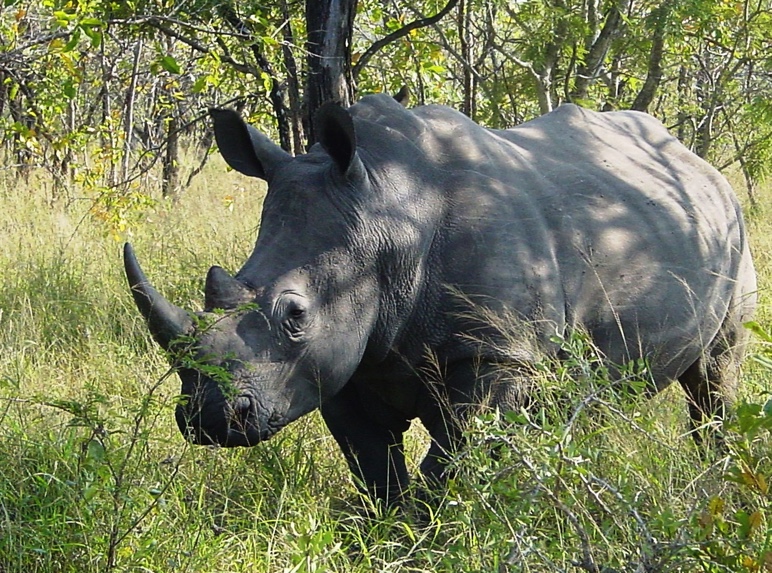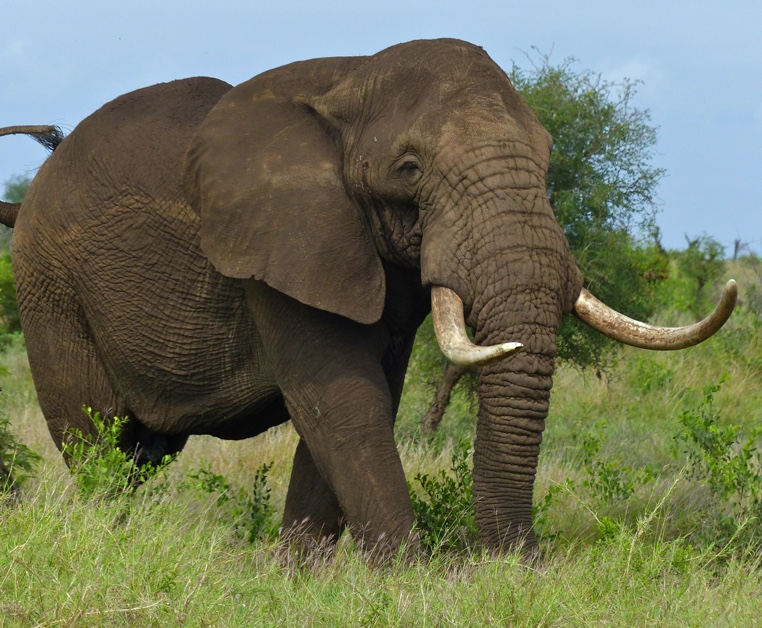Well, we could have an argument about this date. Most websites will say that Kruger National Park was established on May 31, 1926, when South Africa enacted a law allowing for ecosystem reserves that could be labelled as “national parks,” and named Kruger National Park as the first one in the country on that day.

But I prefer the date on which a wildlife reserve, although not a national park per se, was established. On March 26, 1898, South African President Paul Kruger declared a “Government Wildlife Park.” Later that park would be renamed the Sabi Game Reserve, and later still, in 1926, would be renamed again, this time after the president who first created it—Kruger National Park.
Well, whichever date you choose as the birthday, Kruger is some kind of park. It covers 7,580 square miles, more than twice as large as Yellowstone National Park in the U.S. It is a long park, stretching 220 miles north to south and 56 miles east to west at its widest. It is the largest national park in South Africa, but only the sixth largest on the African continent (the largest is Selous Game Reserve in Tanzania, roughly three times bigger than Kruger).
Kruger has enormous biodiversity. It holds 147 mammal species (including most of what we call charismatic megafauna), over 500 species of birds, and over 100 species of reptiles. Consequently, it is classified by UNESCO as an important biosphere (called the Kruger to Canyons Biosphere). The park has been enormously successful in allowing native plants and animals to thrive. In early years, elephants numbered fewer than 100; today the population exceeds 31,000. Rhinos had to be re-introduced from other habitats to restart a rhino population; today, there are about 3,000.

The park, however, has been marked by controversy from its earliest years. When declared a national park in 1926, the native Tsonga people who lived inside the park’s boundaries. The park was fenced to keep the animals and the native citizens apart. Today, the park is ringed by human communities that lay right up against the fences, with more than 2 million residents. Most of the people and communities are impoverished.
One consequence is that poaching has long occurred, primarily for elephant tusks and rhino horns. The extent of poaching has risen and fallen over the years, with a strong spike in the late 2010s. Poaching is down now, due to aggressive and technologically assisted enforcement, but the rhino population continues to shrink.
The great success of the elephant population led to such large increases in numbers that the park culled elephant herds for several decades. Culling was thought necessary to keep the elephants from over-grazing their habitats, but after continuing controversy, it was stopped in 2000. Neither the elephants nor the habitat have appeared to suffer from the growing elephant numbers.
Tourism is big business to the people who lives around the nine entry gates to the park. About 1.5 million people visit the park annually, their dollars supporting the local economies. Kruger is also tourist friendly because the roads are paved and individuals can drive personal vehicles through the park.

So, choose the date you’d like for the birth of Kruger National Park. But whichever date you prefer, my recommendation is to visit for a fantastic wildlife viewing experience.
References:
Global Alliance for National Parks. 2013. Kruger National Park. Available at: https://national-parks.org/south-africa/kruger. Accessed March 19, 2023.
Pinnock, Don and Helena Kriel. 2022. Beyond its exceptional beauty, Kruger National Park is on the ropes and hurting. Conservation Action Trust. Available at: https://conservationaction.co.za/recent-news/beyond-its-exceptional-beauty-kruger-national-park-is-on-the-ropes-and-hurting/. Accessed March 19, 2023.
South African National Parks. Kruger National Park. Available at: https://www.sanparks.org/parks/kruger/tourism/history.php. Accessed March 19, 2023.

